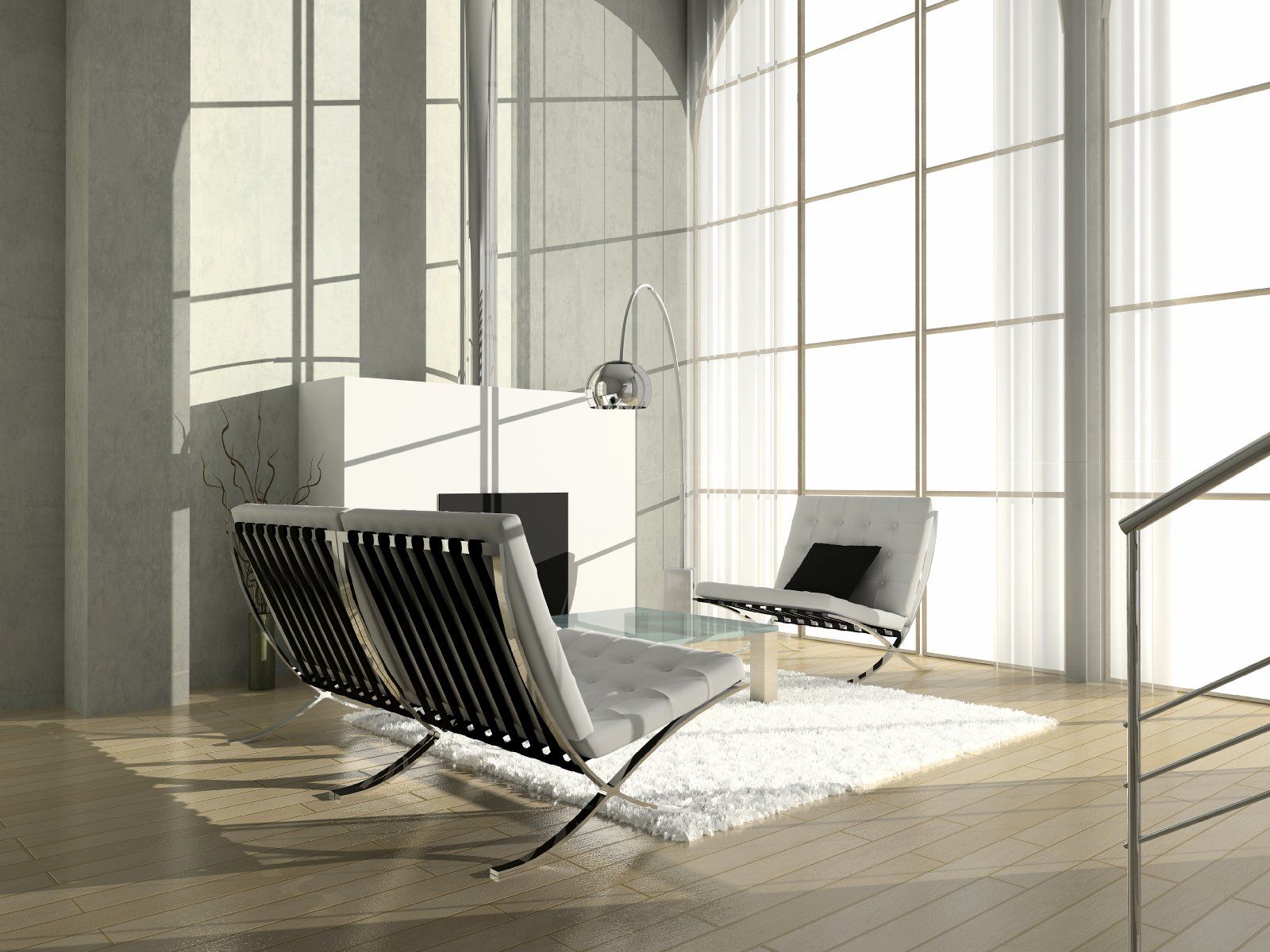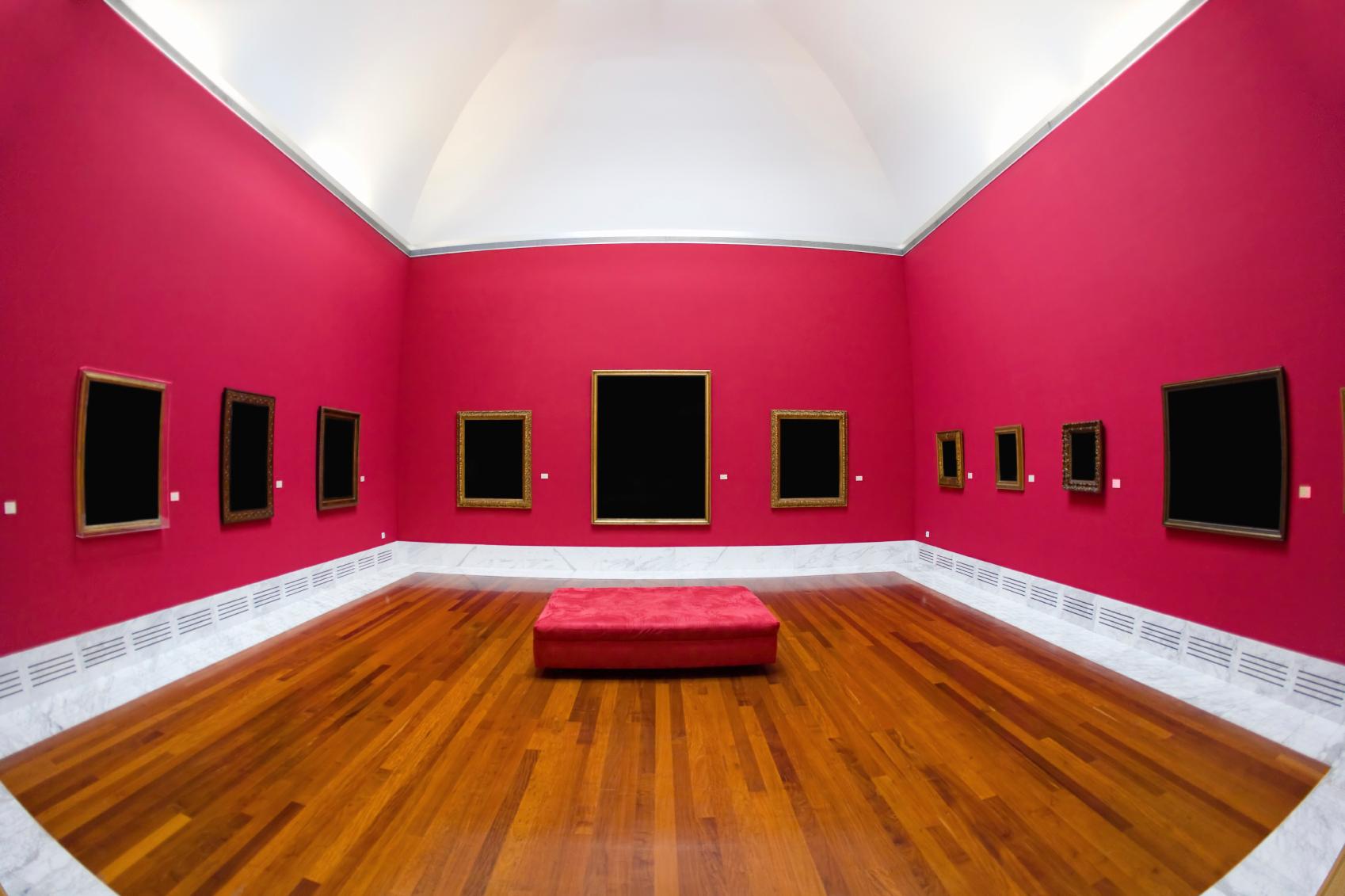Seeing Through Real Estate Photography Tricks
Seeing Homes for What They Are

Look Past Furniture and Decor

Our eyes tend to focus on the subject matter in front of us and when furniture is placed in a home it's easy to focus on what's in the house than seeing the room that should be the subject matter of the photo. A good real estate photographer will capture the room they are photographing because that's what is being sold. Often staging professionals, agents, or sellers will utilize funky or unique furniture pieces that are especially good at capturing a buyers attention and making a favorable impression. In contrast homes with too much "stuff" can also distract from the home and turn buyers off. Whether it's as extreme as a hoarder's house or simply dated furniture and decor a buyer that can see past the clutter will be able to make a better decision on whether they like the home when they look past the furniture. Besides, the furniture probably isn't staying with the house.
Empty Rooms


Furniture isn't always a bad thing and sometimes can give context to an empty room so buyers get a better understanding of it's size. The above home had received negative feedback about small bedroom size. Pro Realty Group did some quick and easy staging and the home sold within a couple days. This furniture isn't taking away from the room, but adds to buyer's awareness of it's size. As a buyer is looking for homes comparing the listed room dimensions with photos can help assess whether it's what you are looking for. As you look at homes being aware that empty rooms appear and feel smaller can help find something other buyers might have passed on.
Camera Lenses

While good photographers run from "fish eye" lenses in real estate photography, buyers melt in horror when seeing curved walls and ceilings. We're left to wonder what else has been distorted about the home. Most real estate photographers use wide angle lenses so they can capture a full room. If a seller or their agent hasn't hired a professional photographer a standard camera lense will capture less of the room the smaller it is because it's not seeing the sides. With a modern smart phone you can play with the various camera lenses to zoom in and out to see the difference. When looking at photos of homes you should be able to see if the photographer captured the room or if their camera isn't using the right lense or isn't "zoomed out." Being aware of lense options can help you see past the presentation and have a better understanding of what the room actually feels like. Whether it's looking past the wild fish eye bowl effect or mentally zooming out and piecing the room together from other angles you will have the advantage over other buyers when looking at real estate photographs.
Missing Angles

Sometimes a home's photos are missing a key angle or room. At times this is something to be aware of as it may be the seller, their agent, or real estate photographer are hiding something they don't want a buyer to see. Many agents don't take photos of the back of homes as the focus is on the curb appeal, but a house that is actively on the market without any interior photos is a red flag for the condition of the inside of the home.
Sometimes sellers are in the middle of moving and may have one room designated as the "moving box room" or they may not want photos for privacy. We often encourage sellers with collections of guns, jewelry, or other valuables not to advertise the existence or location of these items. Other areas many agents or their photographers typically don't photograph include unfinished basements, garages, crawlspaces, attics, and storage buildings.

We hope this info is helpful as guidelines as you search for the right home and reduces the number of houses you need to see in person before finding the right home. A great advantage is looking past deficiencies to see what the home could be, especially when other buyers a passing on what could be a great home in a competitive market!
Stay in touch





























